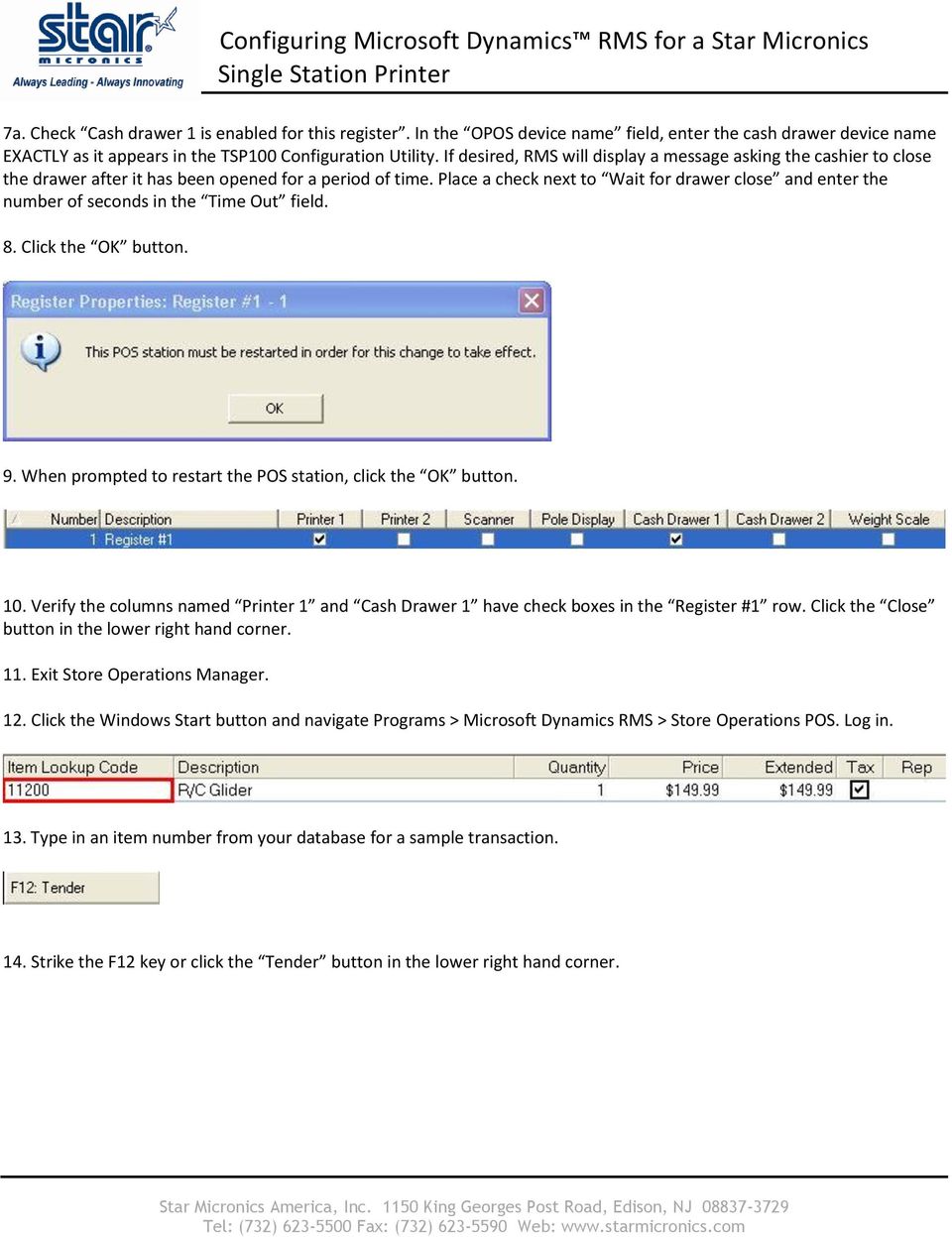

- MICROSOFT DYNAMICS POS WINDOWS 10 HOW TO
- MICROSOFT DYNAMICS POS WINDOWS 10 UPDATE
- MICROSOFT DYNAMICS POS WINDOWS 10 UPGRADE
- MICROSOFT DYNAMICS POS WINDOWS 10 SOFTWARE
- MICROSOFT DYNAMICS POS WINDOWS 10 CODE

MICROSOFT DYNAMICS POS WINDOWS 10 CODE
In earlier versions, extensions and the core POS code are packaged as one installer and serviced together. The independent POS extension model is supported by Microsoft Dynamics 365 Commerce application version 10.0.18 and later.
MICROSOFT DYNAMICS POS WINDOWS 10 SOFTWARE
Extensions from independent software vendors (ISVs), partners, and customers can be independently installed and serviced. Additionally, the POS framework supports multiple extension installers. The advantage is that extensions and the core POS can be independently serviced.

They are separate and are packaged differently. Just create the installer, and then run it to deploy the extensions.Įxtension installers are independent of the core POS installer. The installer is idempotent after any changes or enhancements are made to the extension. After an extension is created, it can use the installer package to create the extension installer that deploys the extensions. Therefore, you can independently develop, deploy, and service extensions. POS allows for extension through the SDK. It applies to version 10.0.18 and later of the Retail software development kit (SDK).
MICROSOFT DYNAMICS POS WINDOWS 10 HOW TO
There’s a lot to decide when it comes to your new retail POS system, but Windows 10 makes selecting an operating system easy with features to create a reliable, secure platform for your business.This topic explains how to create a Point of Sale (POS) extension development environment and get started with POS extensions. So, if your workforce is multilingual or if you plan to scale internationally, this feature can save on some major headaches and growing pains in the future. One of the advantages of Windows 10 is that is fully multilingual, supplying a limitless range of languages. It also features device security including AppLocker, BitLocker, Device Guard and the Trusted Platform Module. Windows 10 includes access protection, including secure/internet mail extensions (S/MIME), digital certificates, user account control, virtual smart cards, and Windows Firewall with Advanced Security. Microsoft touts that the new Windows 10 has enterprise-level security-which is an appealing feature for businesses both large and small. This will reduce training times, and as the adage goes, time is money. With the ubiquitous nature of the Windows OS, you can be confident that you and your staff will be very adept at using it quickly and easily. Your retail POS system should be running on an operating system that you and your staff are comfortable and familiar with. The last thing that your business needs is an OS that is challenging or confusing to use.
MICROSOFT DYNAMICS POS WINDOWS 10 UPGRADE
However, with the April update, users are experiencing much faster updates and reduced downtime-by as much as 63 percent! This makes those systems upgrade much easier to manage. In the past, these updates could mean downtime for your system-a hassle but a necessary trade-off. Windows 10 is consistently rolling out improvements and with each new update, your retail POS system will have an even more reliable platform.
MICROSOFT DYNAMICS POS WINDOWS 10 UPDATE
For example, the April 2018 update included a 20 percent reduction in system stability issues and a 20 percent total reduction in operating system and driver stability issues. Windows 10 can offer this peace of mind, especially after rolling out some of their most recent updates to the system earlier this year. Your retail POS system is the cornerstone of your business operations, so your operating system needs to be one that you can count on for stable operation of your POS software. It offers reliability, ease of use, increased security and is multilingual. Windows OS is by far the most popular operating system, and for good reason. It’s critical for the proper operation of your POS devices and which software you can choose. The operating system is what helps your software communicate with the hardware and vice versa. One of the most foundational aspects is the operating system (OS) that your POS software will run on.

There are a number of considerations to account for when selecting your retail point of sale (POS) system-hardware, software, peripherals, features, and so much more.


 0 kommentar(er)
0 kommentar(er)
